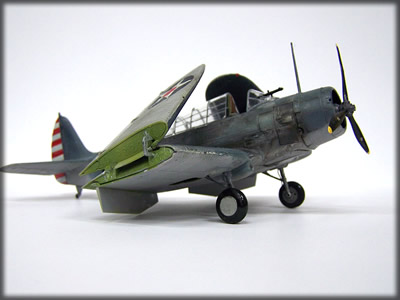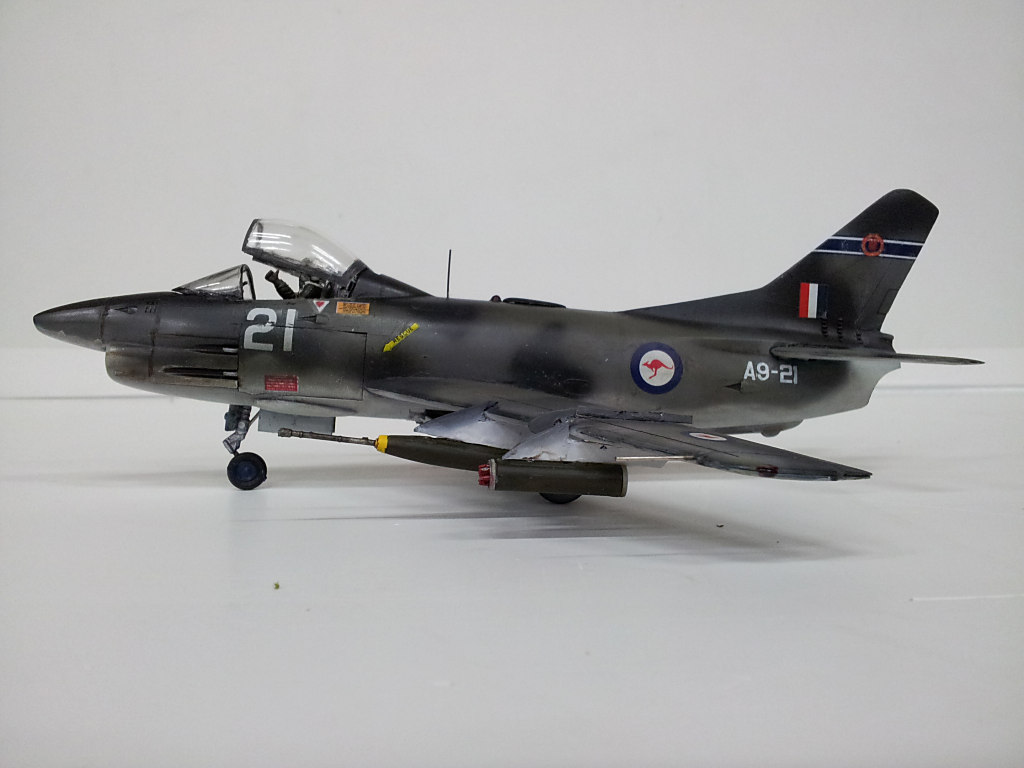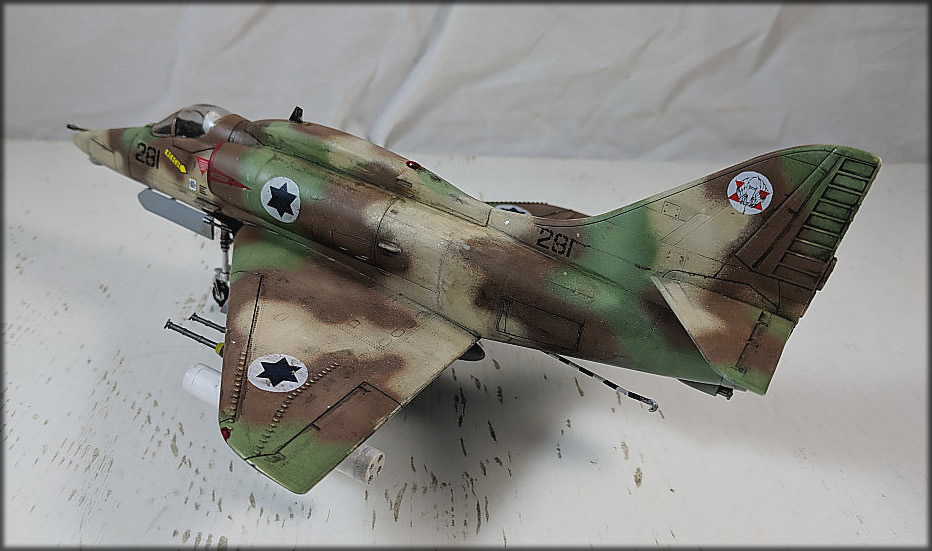- Model: CAC Hurricane Mk VII
- Modeller’s Name: Jamie McDonald
- Scale: 1/48
- Debut: 2024/03
- Brand: Airfix # A04102 **
- Build Time: nfi Hours
Model Description
Comments
Hawker Hurricane Mk VII (licensed and produced by CAC) **
Sir Lawrence James Wackett KBE, DFC, AFC (2 January 1896 – 18 March 1982) is widely regarded as the “father of the Australian aircraft industry”. He has been described as “one of the towering figures in the history of Australian aviation covering, as he did, virtually all aspects of activities: pilot, designer of airframes and engines, entrepreneur and manager”.
In 1936 he was seconded to an aviation syndicate to lead a technical mission to Europe (including future enemy nation Nazi Germany) and the United States to evaluate modern aircraft types and select a type suitable to Australia’s defence needs and construction capabilities. The three-man mission lasted five months and, on its return, advised that the Hawker Hurricane was the most suitable type.
The primary structure of the Hurricane’s fuselage was a Warren truss box-girder with high-tensile steel longerons and duralumin cross-bracing, which were mechanically fastened rather than being welded. Over this, a secondary structure composed of wooden formers and stringers covered with doped linen gave the fuselage a rounded section. Most of the fuselage surfaces were linen, except for a section between the cockpit and the engine cowling which used lightweight metal panels instead.
One major difference was the choice of an air-cooled radial engine to replace the RR Merlin. The major advantage was the deletion of the heavy and vulnerable liquid-cooled system, but this came at the expense of streamlining. It also made ditching a whole lot more survivable without the large ventral radiator.
Initial production (Mk VI) began in late 1939 with the Pratt & Whitney R-1830 Twin Wasp of 1050hp (as used on the licensed-built Bristol Beaufort MkII).
In 1941, the Hurricane Mk VII superseded this and was powered by the imported 1615hp Bristol Hercules VI of Beaufighter fame.
The original Hurricane Mk1 armament of 8 x.303 Browning machine guns was retained, as this was found to still be highly effective against Japanese aircraft whilst firing incendiary ammunition.
The aircraft represented here belongs to RAAF No. 79 Squadron, based near Darwin in May 1943. Of note is how ineffective the RAAF camouflage scheme Foliage Green / Earth Brown became when used away from a heavily forested environment.
Editor’s comment (RjT)
At the same meeting that Jamie debuted this “Hurricane”, Joe Vella (Compiler & author of “Aircraft Projects of the Commonwealth Aircraft Corporation” (CAC)) gave a presentation of the research, trials & tribulations that he encountered in the production of that book.
Jamie & Joe had a conversation (something like this):
Joe: CAC never made that aircraft, I have not encountered anything like that in my research!”
Jamie: Correct (with a wry smile!)
Smiles were then shared all round……
Album
Modeller Name







